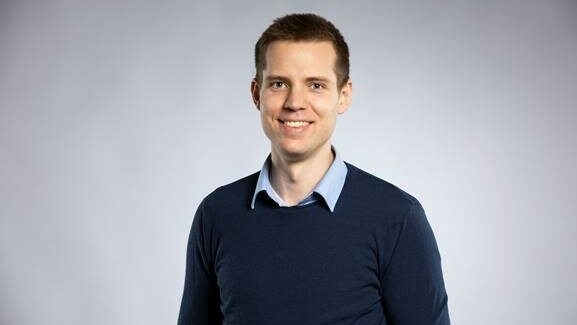Budding founder Flynn Herbst and his team are still in the early stages with their AI-based energy management start-up. They do not yet have a product name, a logo or a corporate identity (CI). Since May, the still nameless company has been receiving EXIST funding from HAW Hamburg, which Startup Port helped them to apply for. The development of the CI is currently the top priority.
The idea was born two to three years ago when Herbst’s father and uncle built a house with four flats. Their interest in smart home systems was met with insufficient market offerings. Flynn then wrote his bachelor’s thesis on open source smart home systems to create an interoperability platform that could control different systems. This idea became the foundation of today’s startup. In the beginning, the team consisted of Flynn, his father, his uncle and a supporting student. They were later joined by Piet Schuppert, an application developer, and Markus Eschhaus, an electrician, to add the necessary development and electrical expertise.
Start-up support
Flynn received supportive advice from the start-up service at HAW Hamburg and Startup Port: he took part in various workshops on founding a company and, thanks to the support, his project received the EXIST start-up grant, among other things, so that he could invest more time and resources. The team has therefore been working full-time on the start-up since May 2024.
Product development and market feedback
The main aim of the product is to centrally control all appliances in the household in order to achieve the most efficient energy management possible. Initial tests and feedback rounds have shown great interest, particularly in the area of efficient electricity management and automatic heating control. The feedback from potential end customers and test users was consistently positive.
Competition analysis
The start-up sees competition primarily from large providers such as Loxone, mixed solutions such as Homematic IP and DIY projects. The unique selling point is the combination of electrical and other household appliances in a central, interoperable control unit.
Future plans and goals
Over the next 12 months, in addition to developing its own CI, the team plans to test the system in 20 households and install it in five public facilities to optimise energy management. In the long term, the aim is to build partnerships and make the system scalable so that it can also be installed by tradespeople. Photos and further technical details are planned for the future to further document and promote the project.

